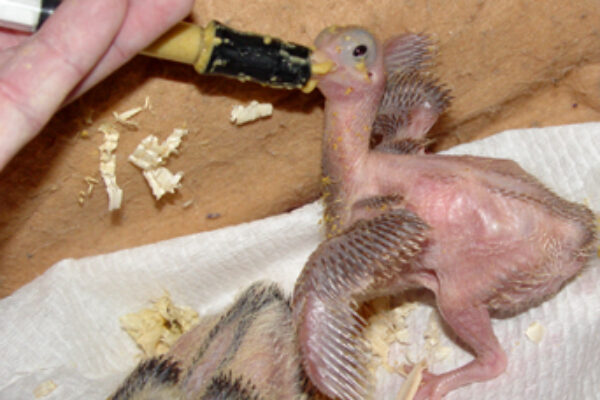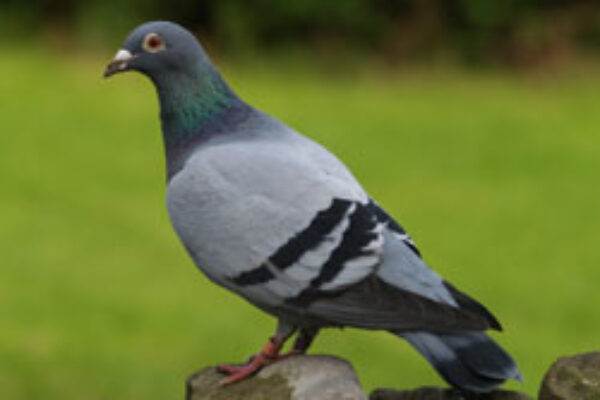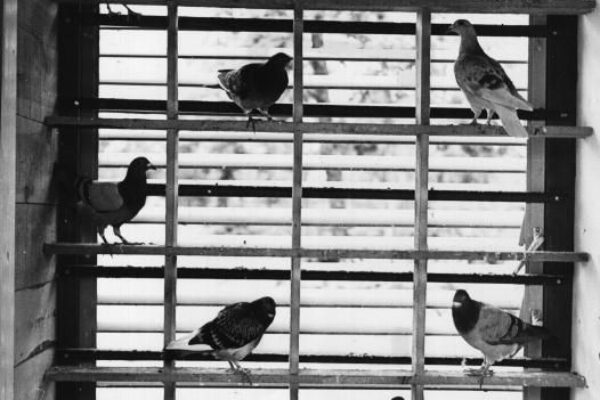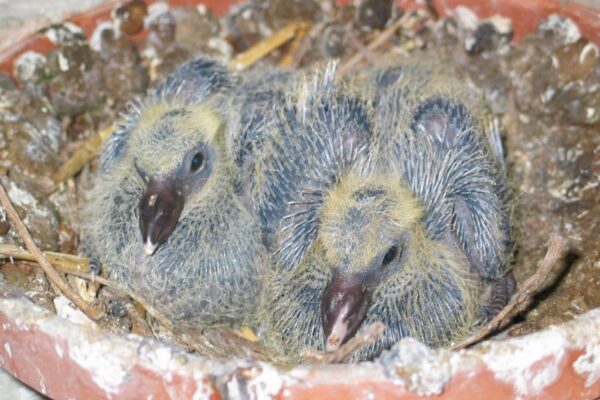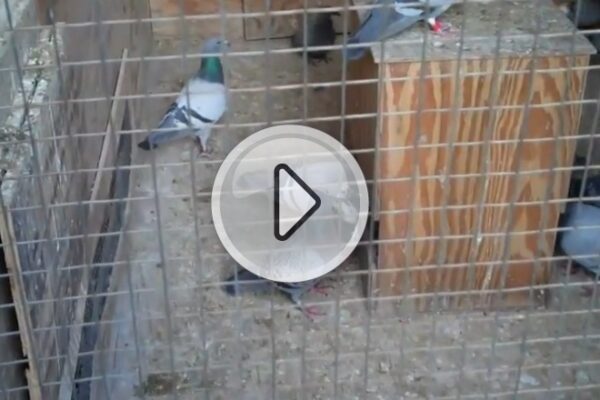The humble pigeon could provide the unlikely inspiration for a flock of small military drones that can navigate enclosed spaces. It turns out the common birds can redirect their flight path with the agility of a helicopter.
Ivo Ros of Harvard University and colleagues let three pigeons loose in a corridor that incorporated a sharp 90-degree turn. They placed 16 markers on each pigeon’s body and set up nine synchronised high-speed cameras along the corridor to track the birds’ position as they flew around the bend.
The experiment revealed that the flying pigeons produce forces in a surprisingly consistent direction relative to the body, which means that when the pigeon wants to turn it has to roll and rotate its body.
“We didn’t expect the forces to change direction relative to the body this little – as little as is observed in helicopters,” says Ros. It’s not clear yet whether the same applies to all flying animals or just to pigeons, he adds.
Adrian Thomas at the University of Oxford, who was not involved in the study, says that the information could help in the design of surveillance drones for flying inside buildings. Using pigeons as a model instead of choppers might offer a way to avoid dealing with the complex gyroscopic forces real helicopters face, he suggests.
by Catherine de Lange of NewScientist
pigeon racing, racing pigeon, racing pigeons, race pigeon, race pigeons, racing homer, racing homers, pigeons racing, pigeon, pigeons, homing pigeons, homing pigeon, pigeons for sale, pigeon auction, pigeon forum, pigeon racing pigeon, pigeon racing pigeons

